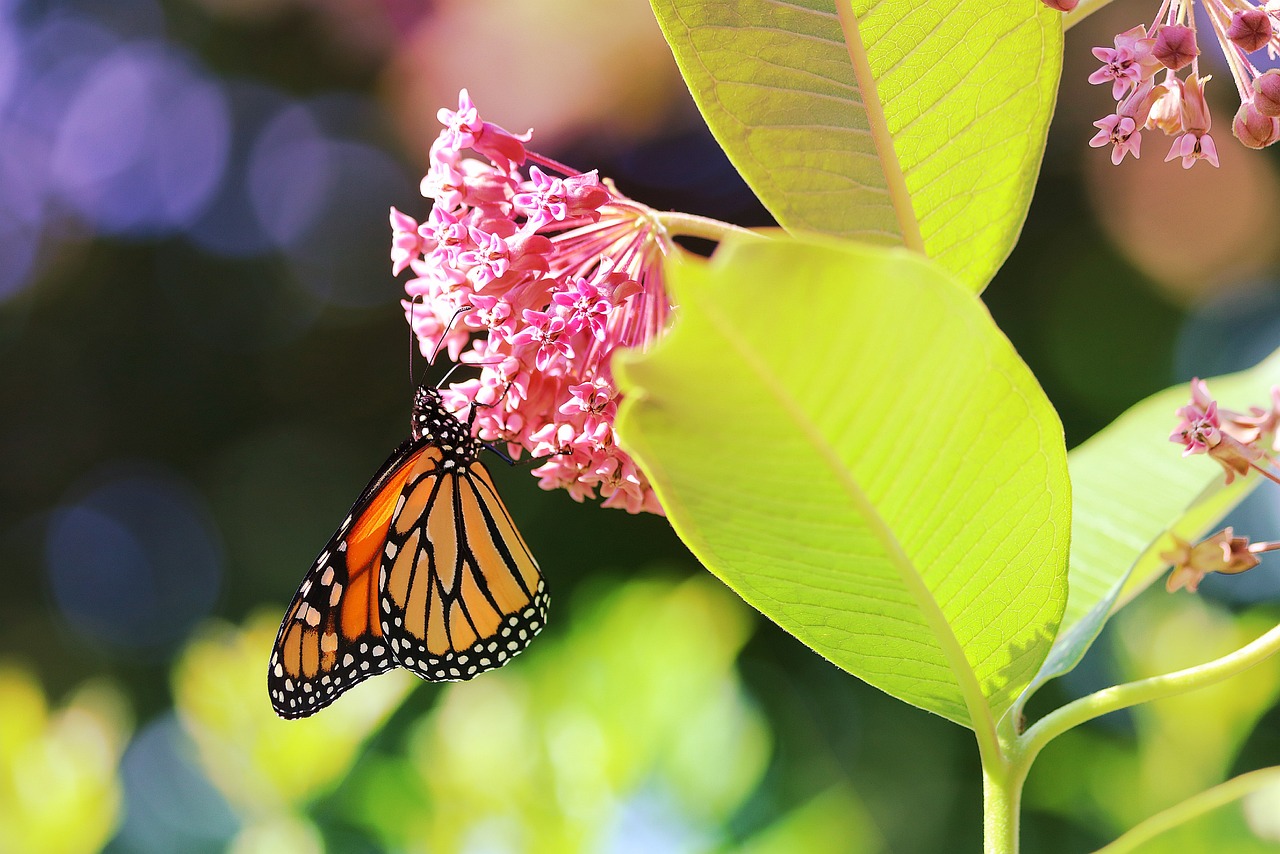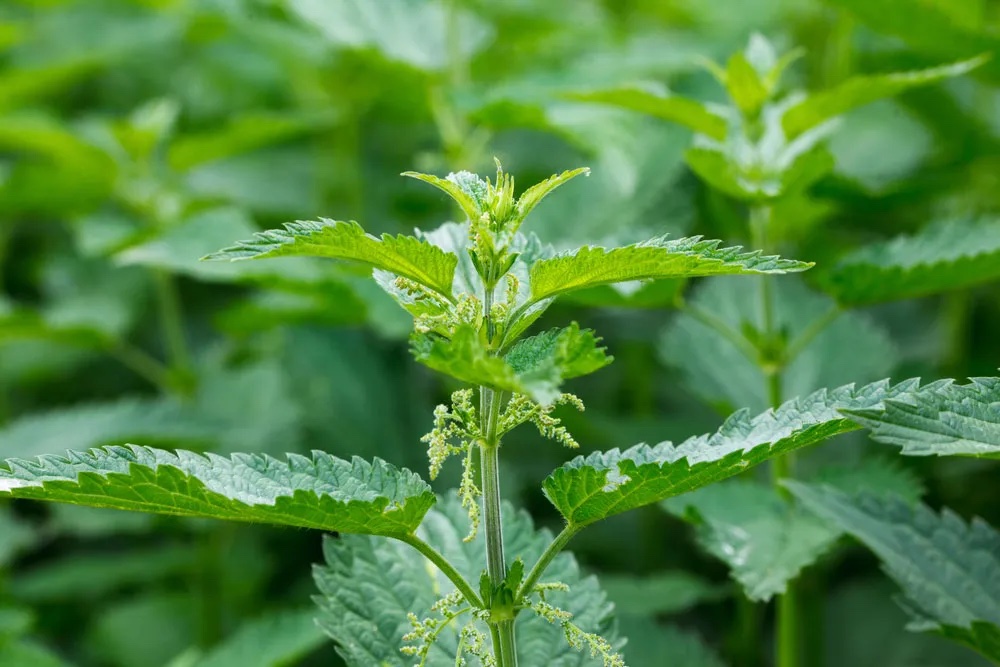Asclepias syriaca Common milkweed (Asclepias syriaca) is well-known as the sole food source for monarch butterfly larvae. It has also long been used in medicine,…
Comments closedScientific Selves: Medicine, Technology and Identity in Early Modern France Posts
Though little is known about her personal life, Marie Meurdrac wrote La Chymie Charitable et Facile, en Faveur des Dames (The Charitable and Easy Chemistry,…
Comments closedMarguerite de Navarre (1492-1549), born Marguerite d’Angoulême, was a French noblewoman who wrote many works, often in examination of social justice. Her mother, Louise of…
Comments closedThe institutionalization of medical and scientific knowledge in universities effectively shut women out from the formal healthcare profession. This exclusion caused women to practice on…
Comments closedMadame de Sévigné (1626-1696), also known as Marie de Rabutin-Chantel, was a French noblewoman who was a member of the aristocracy and specialized in domestic medicine, medicine by amateurs, and self-healing.
Comments closedI I Doña Oliva Sabuco de Nantes y Barrera (1562–c. 1622/29) was the daughter of a chemist who believed in educating his daughter, but who…
Comments closedLatin name: Brassica juncea Place of origin: Western Europe, the Mediterranean, and Asia Description: Brown mustard seeds come from the mustard plant, which has small…
Comments closedLouise (Boursier) Bourgeois was born in 1563, and she was a midwife who took up the profession to help her family financially after their fall from wealth during the French religion wars.
Comments closedElizabeth (Talbot) Grey (1581-1651), countess of Kent, and her sister, Aletheia Talbot Howard, the countess of Arundel, were a part of an elite group of women who had access to limited (informal) scientific education.
Comments closedUrtica dioica Capable of growing just about anywhere, stinging nettle (urtica dioica) is a flowering plant that flourishes in soils fertilized by human or animal…
Comments closed
